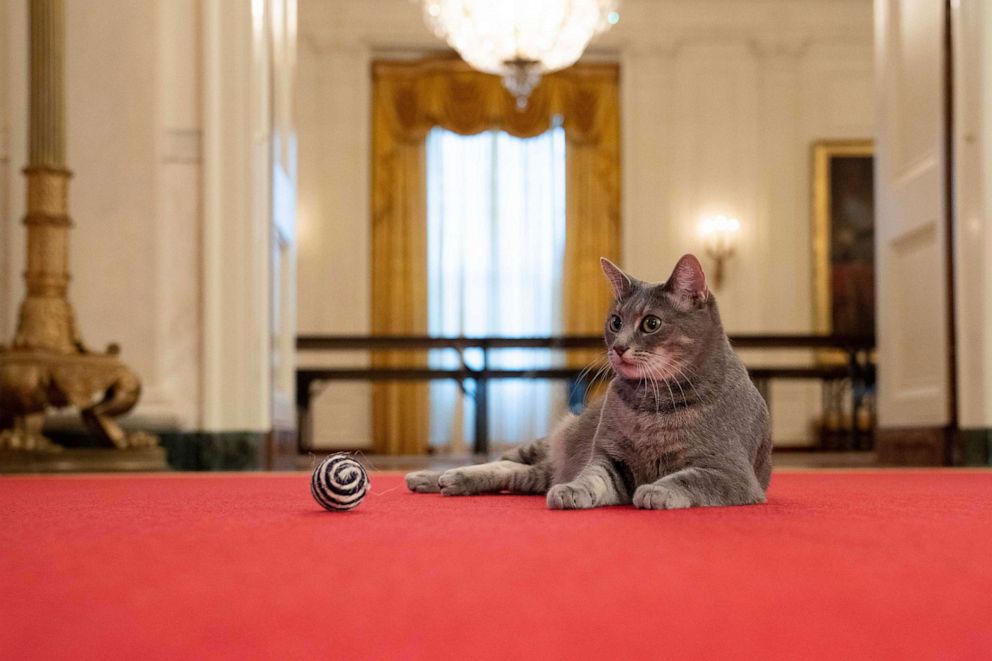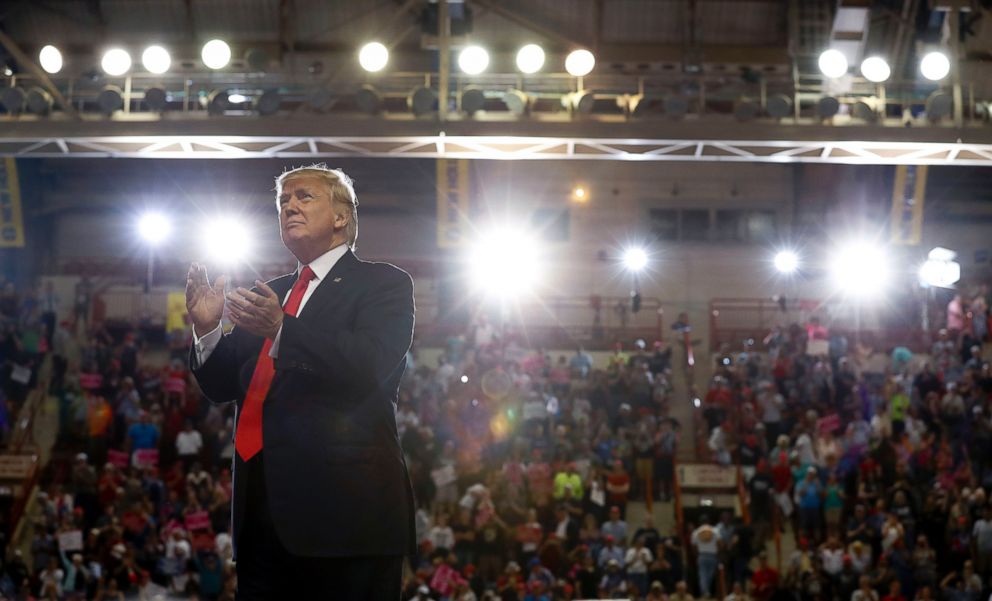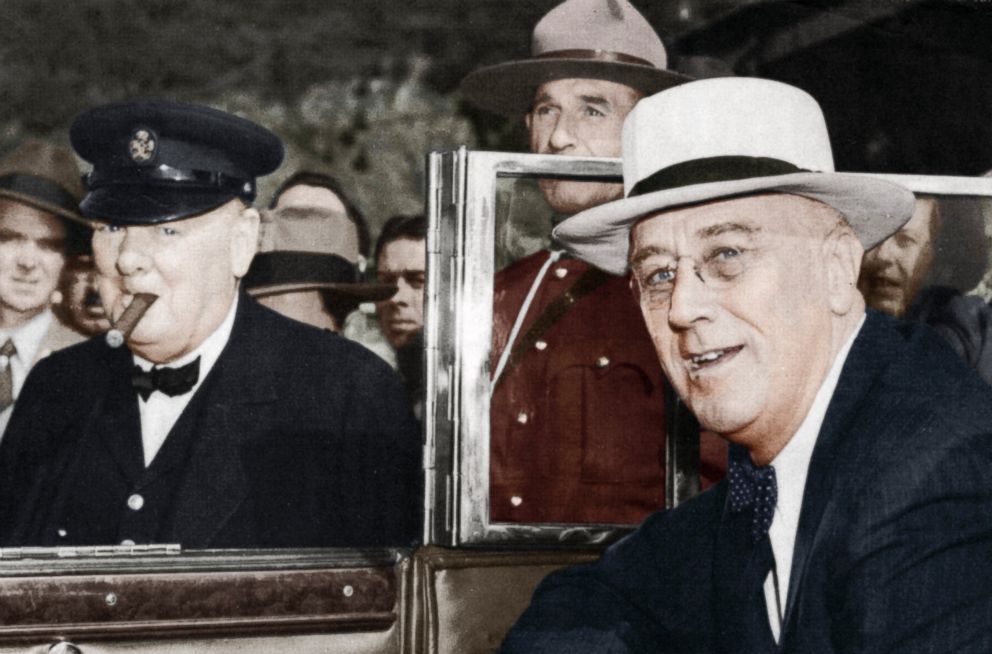Presidents and the press
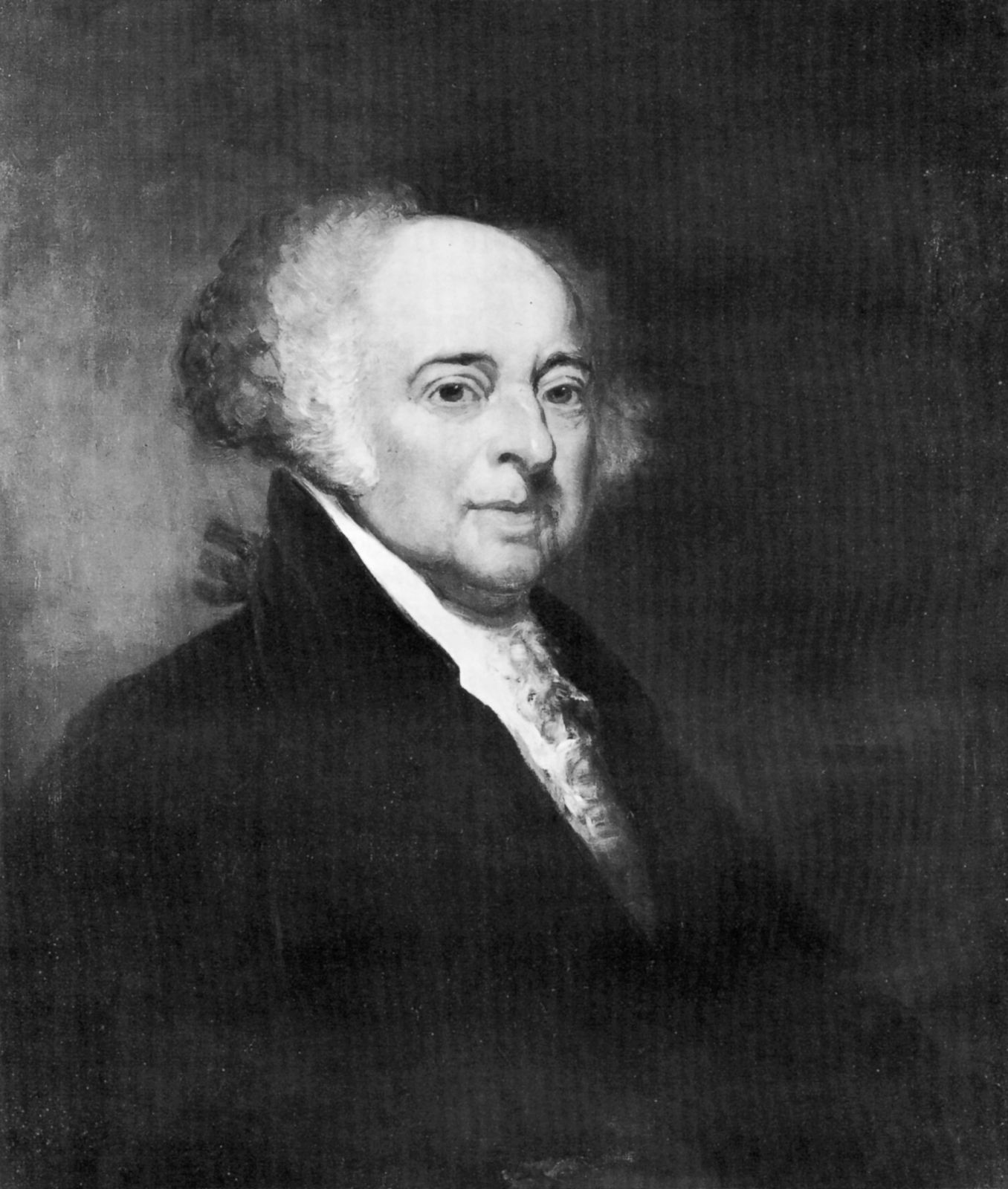
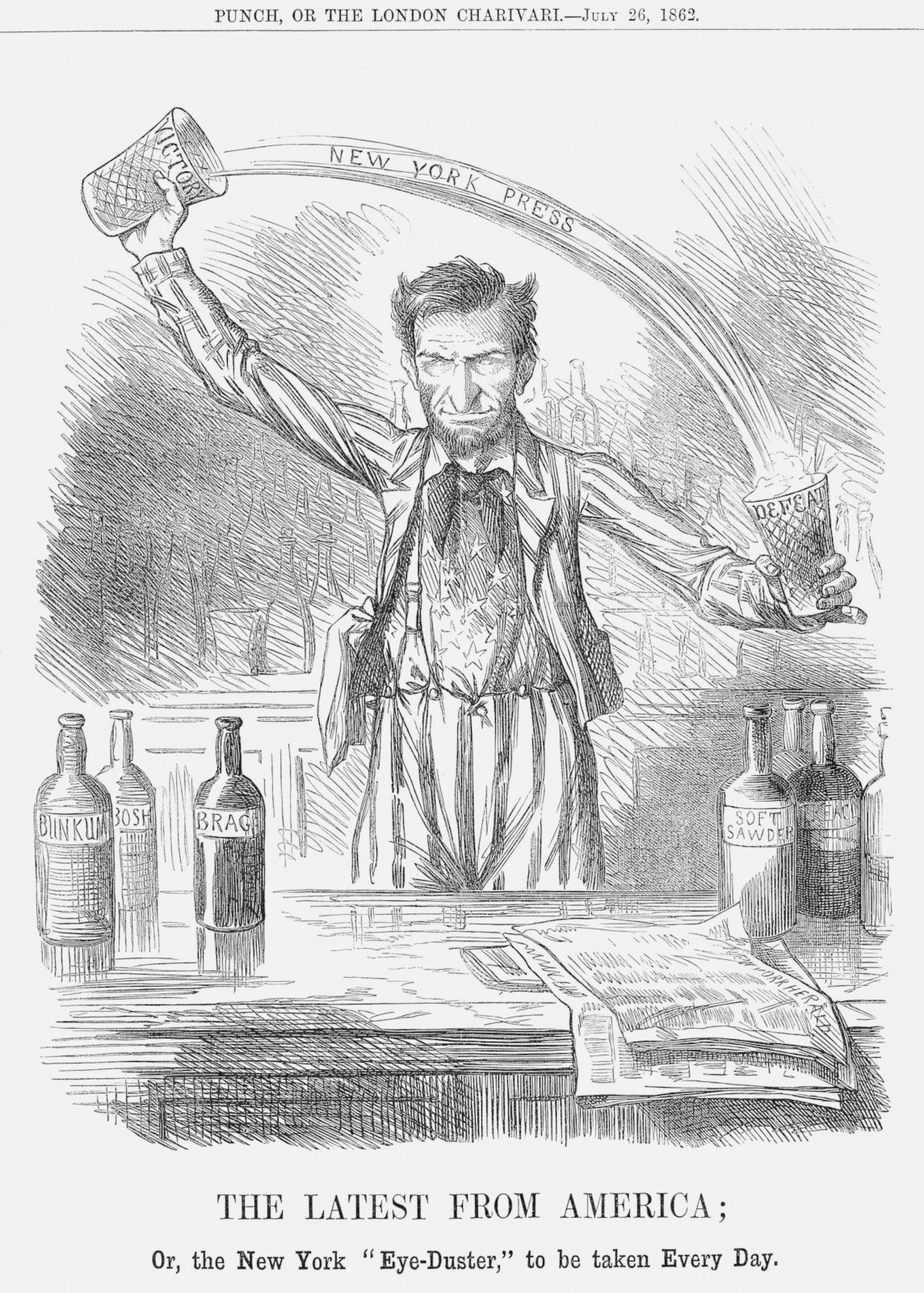

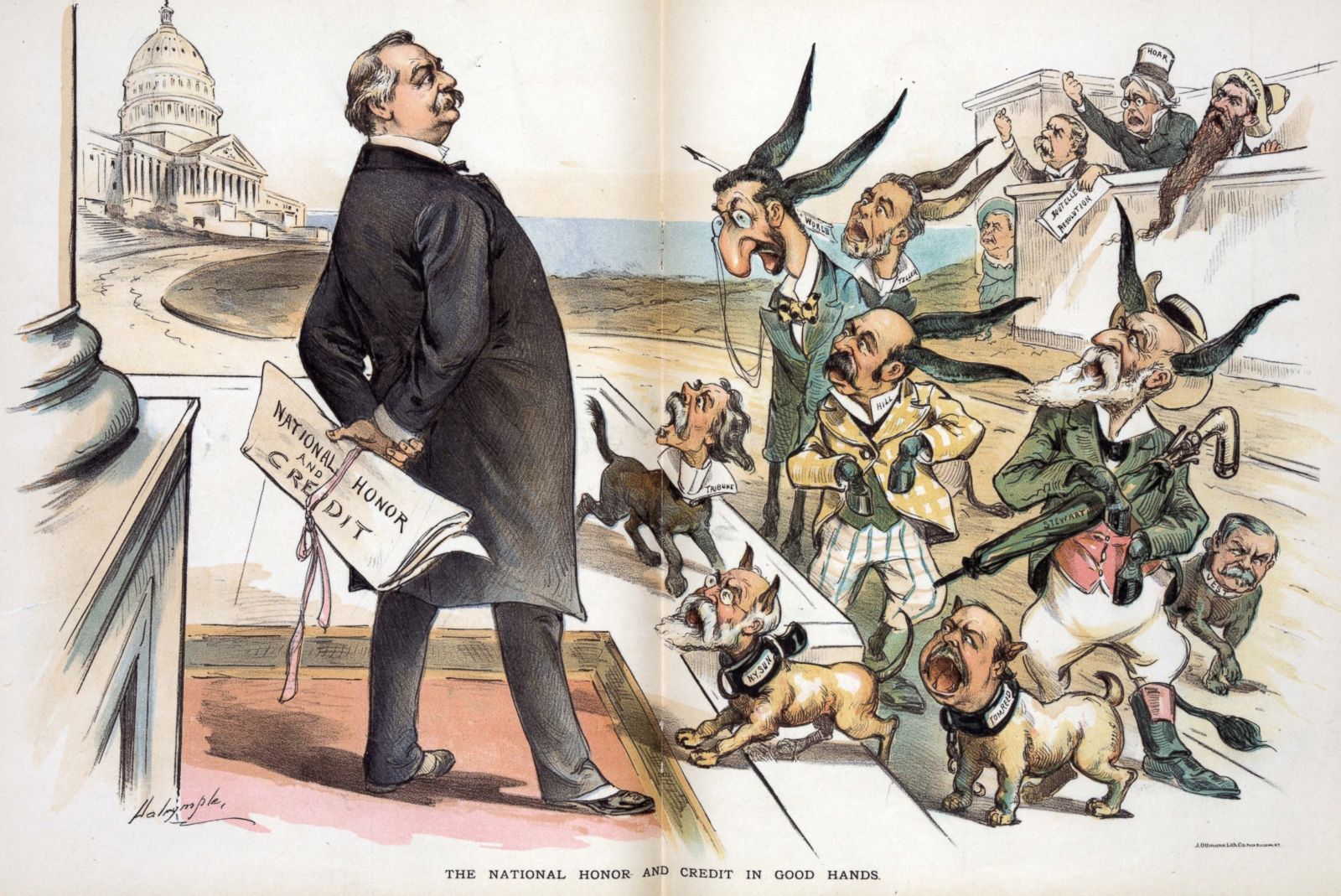
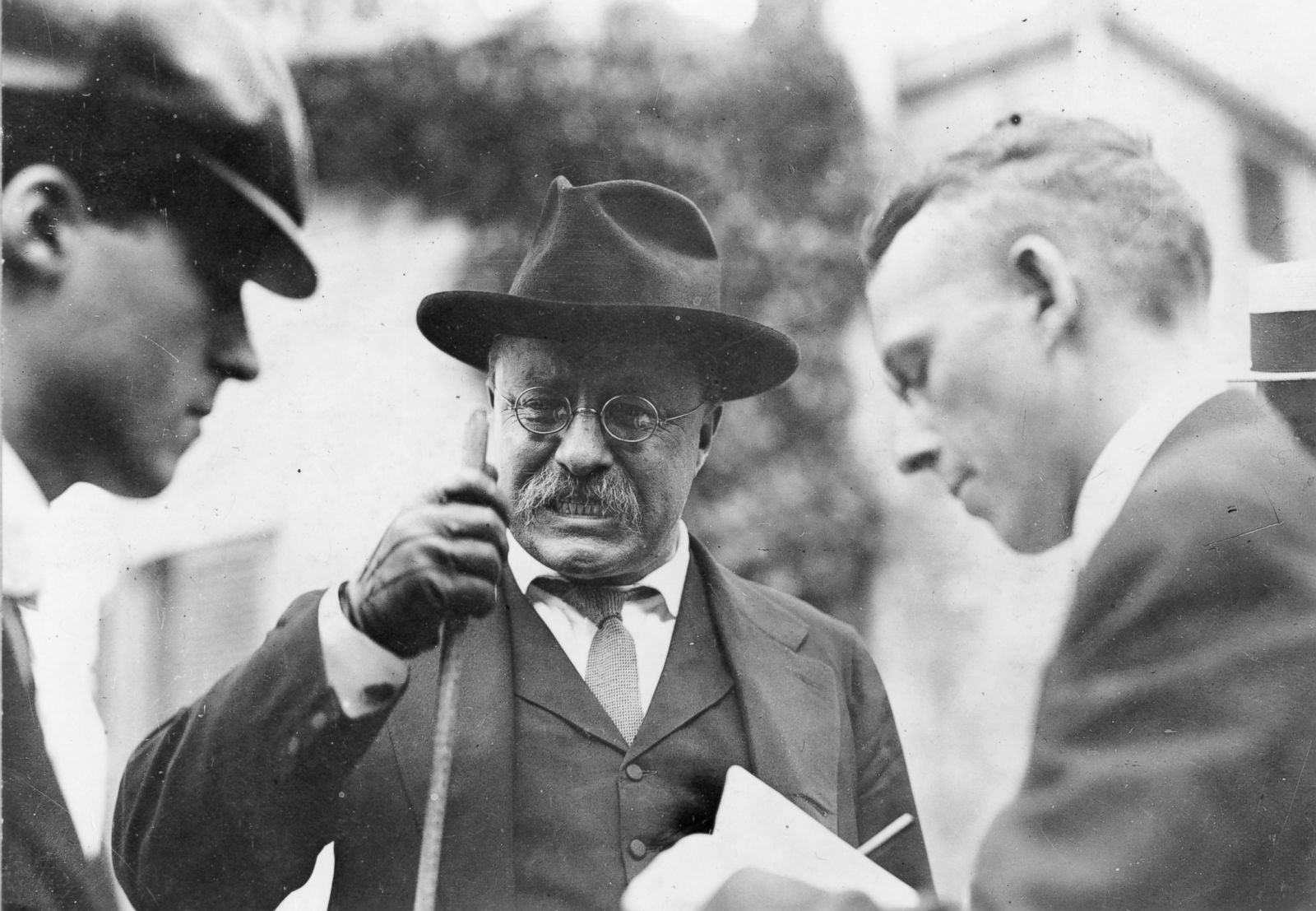
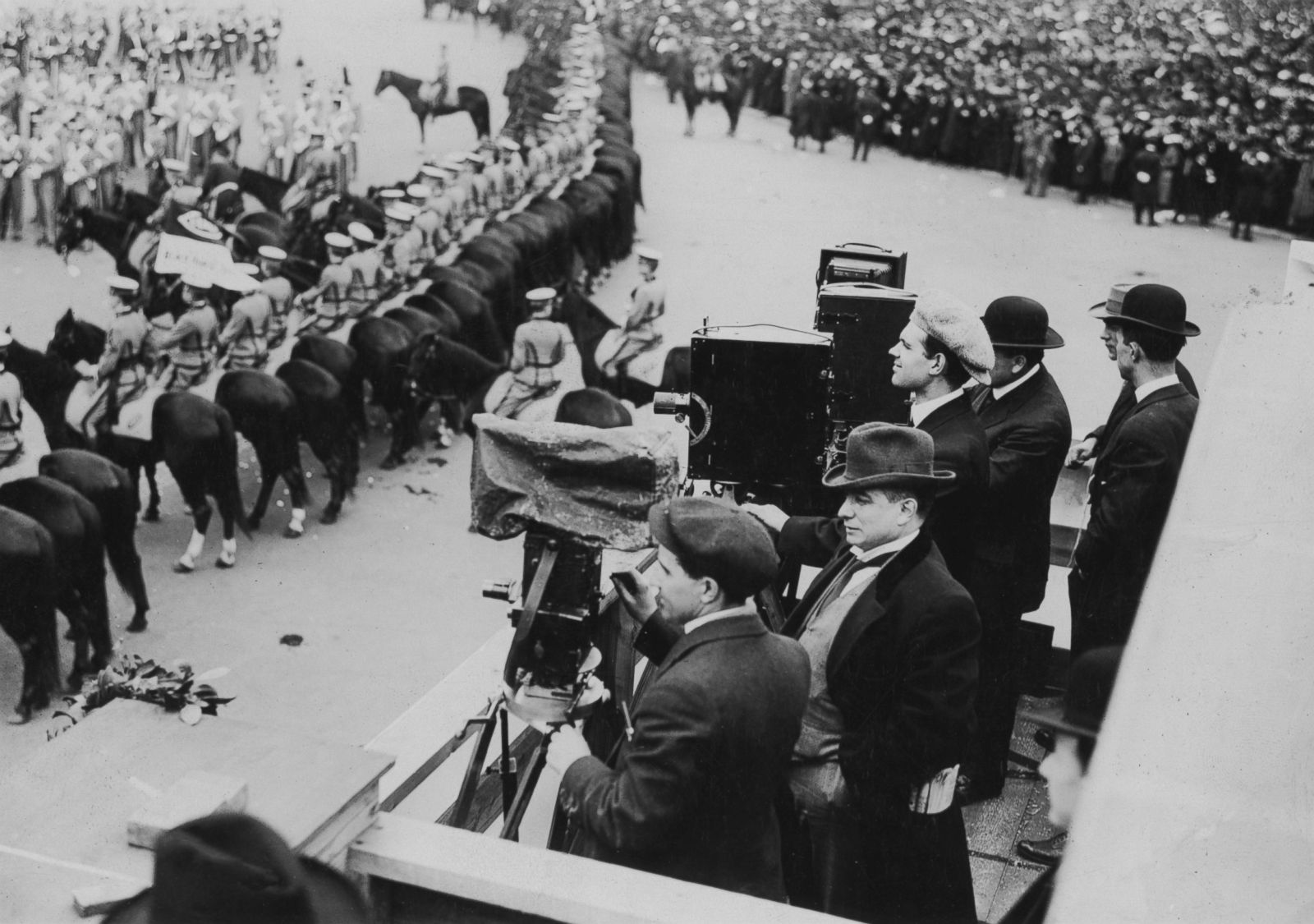
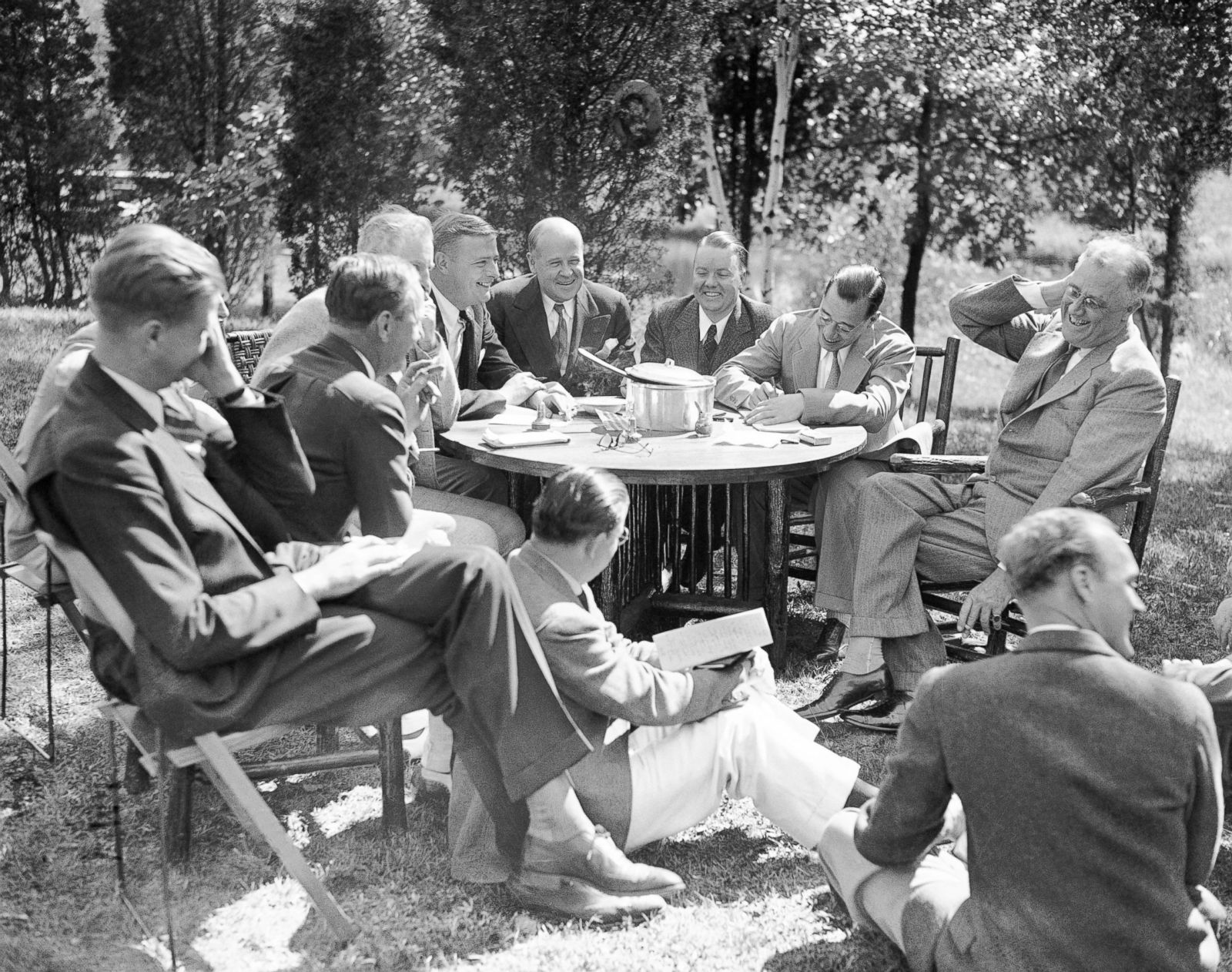
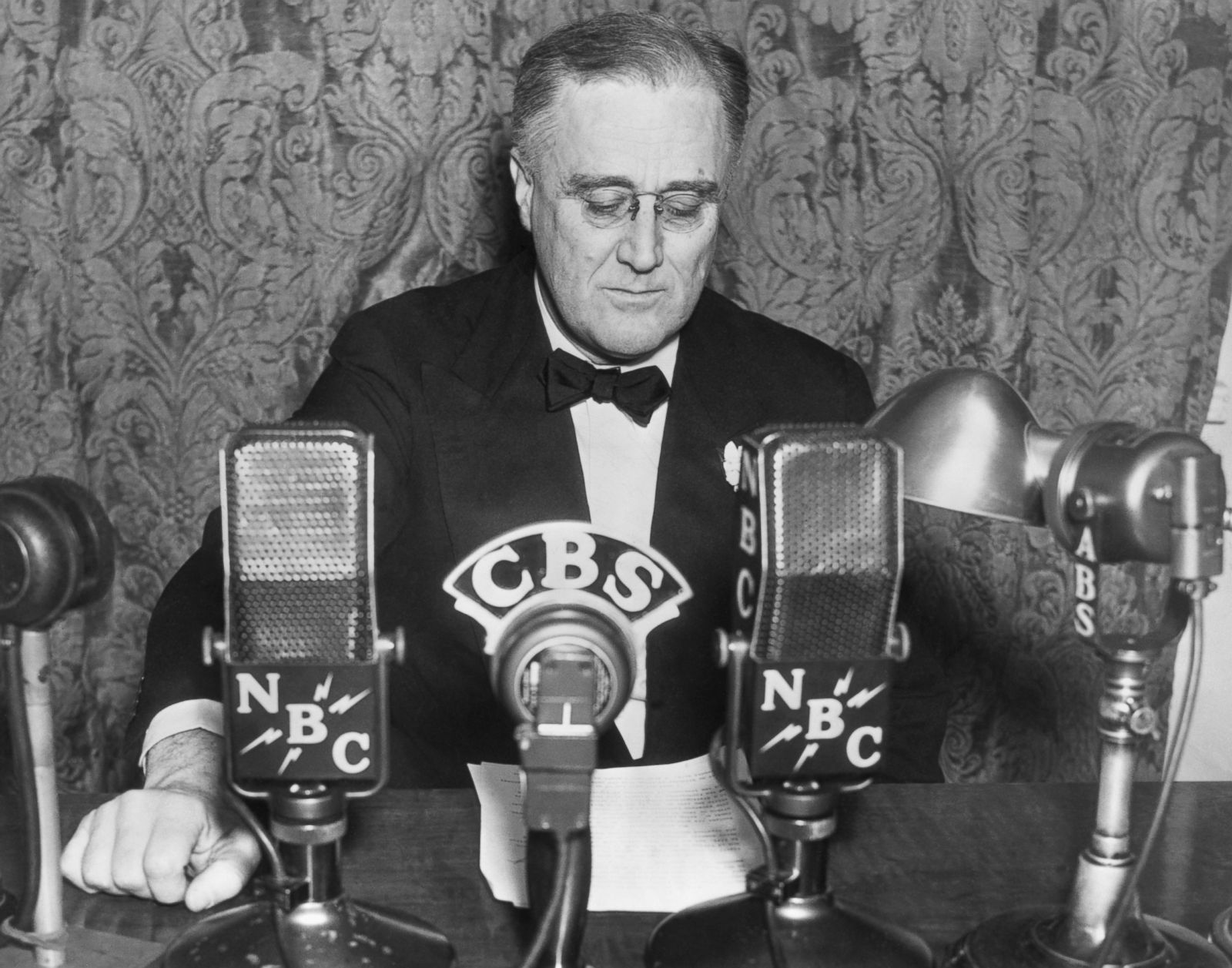
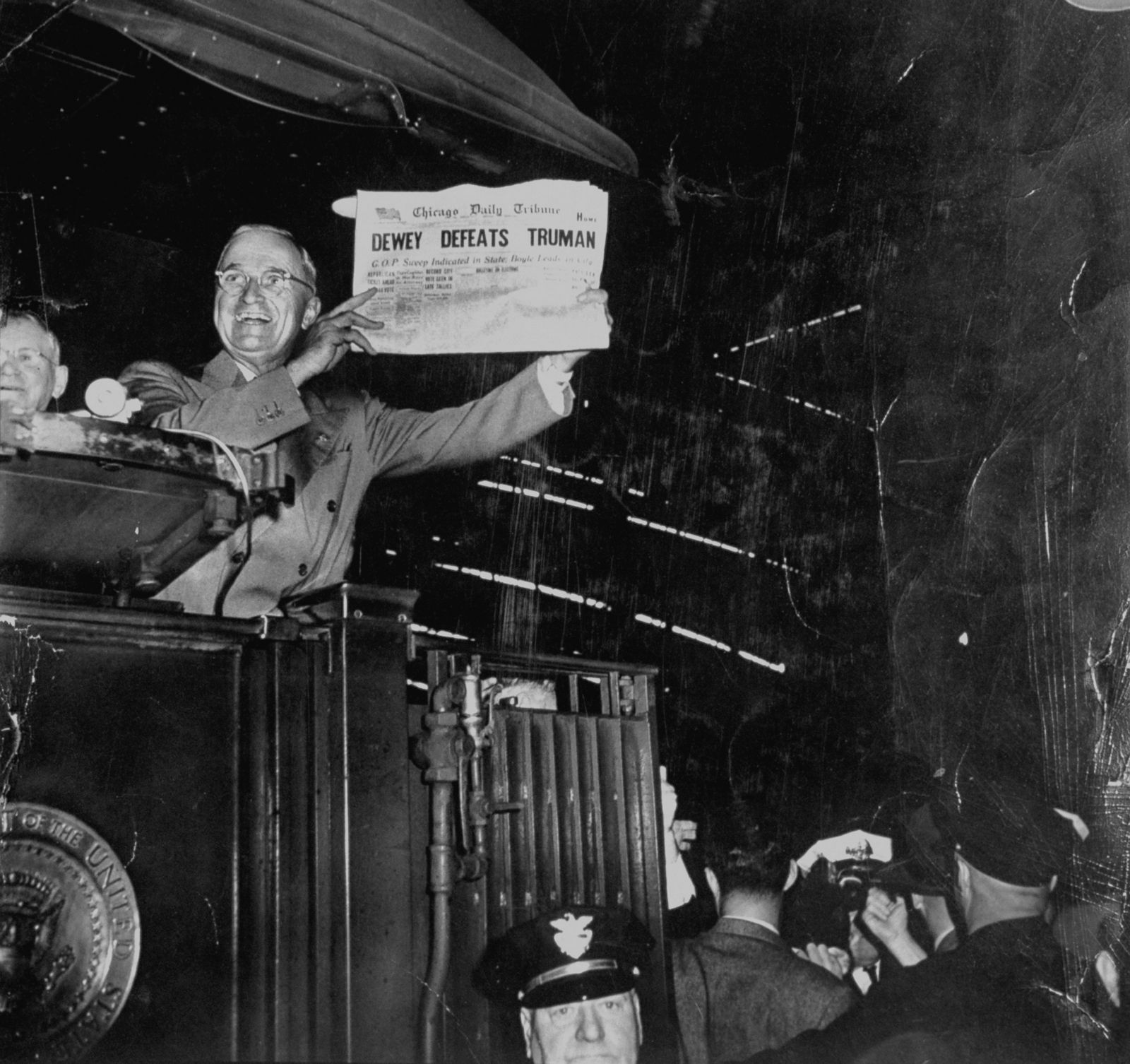
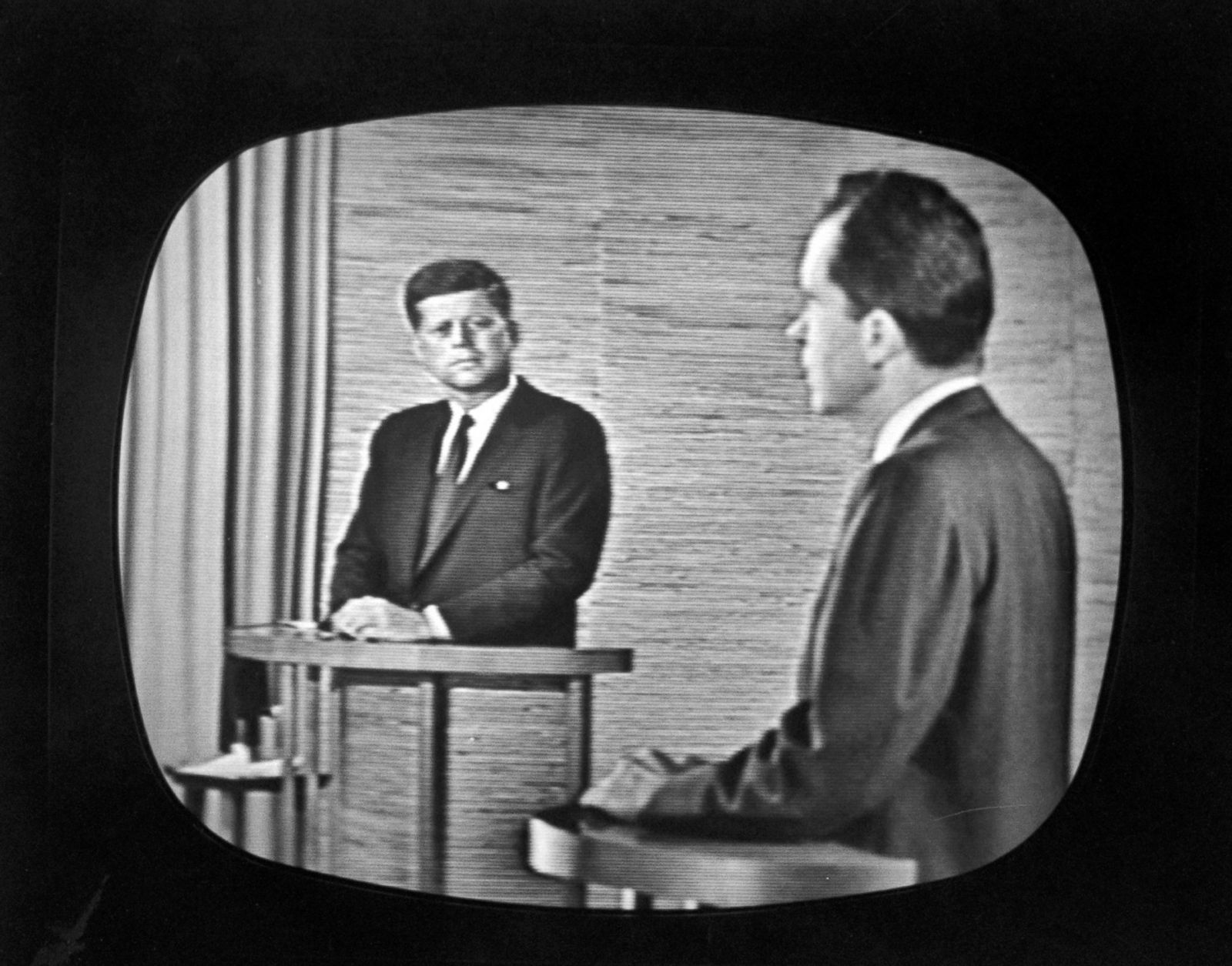
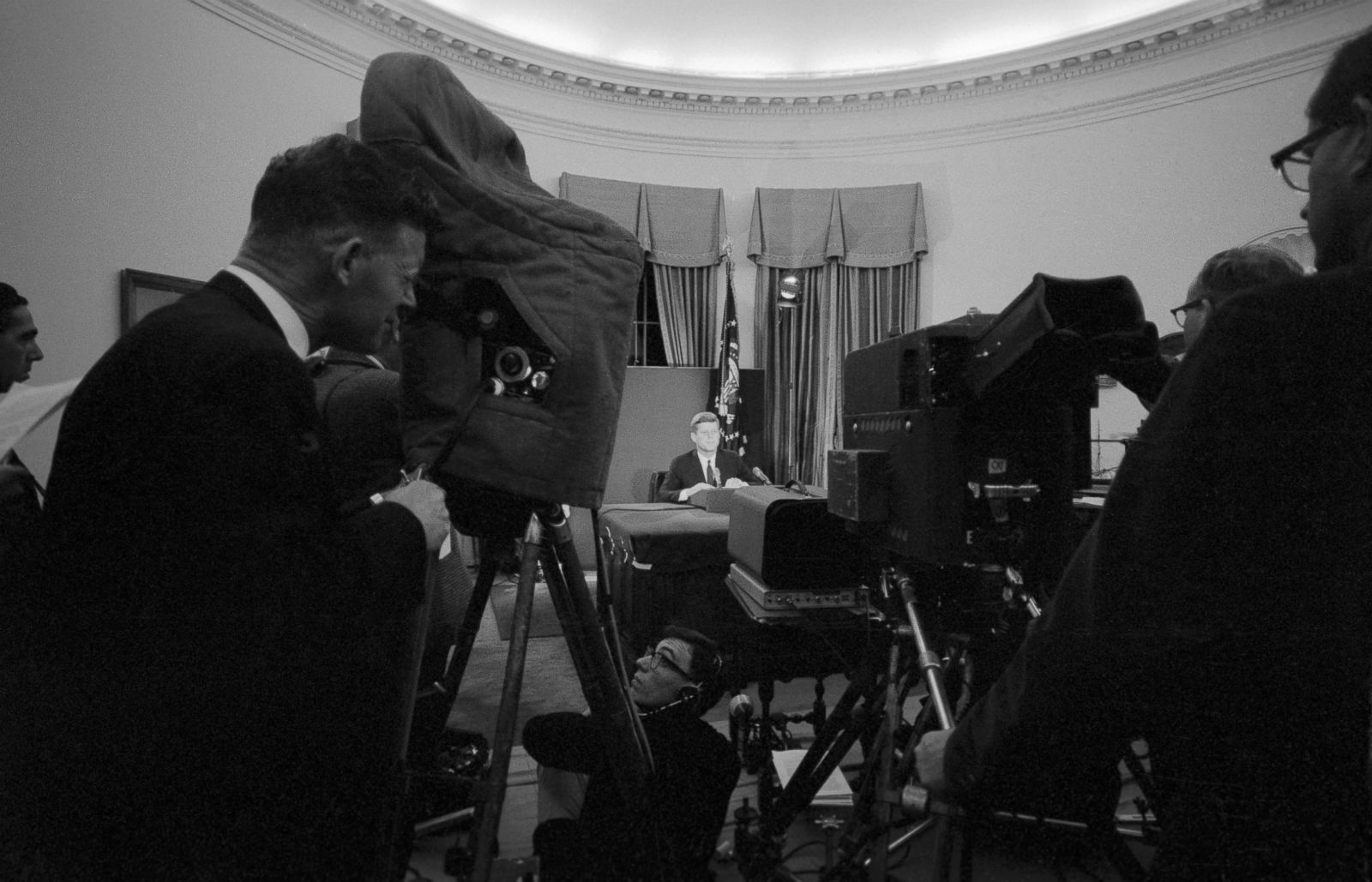
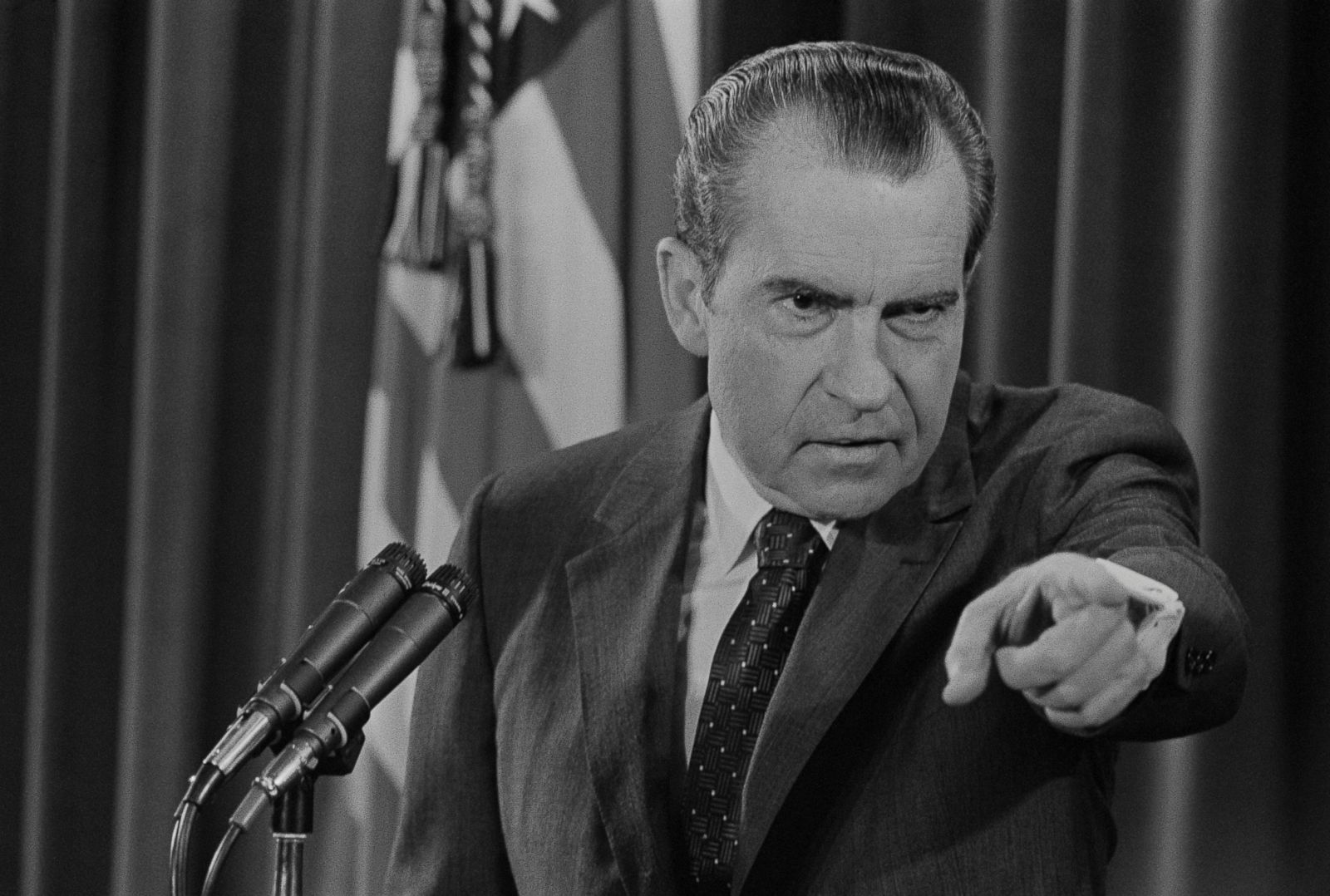
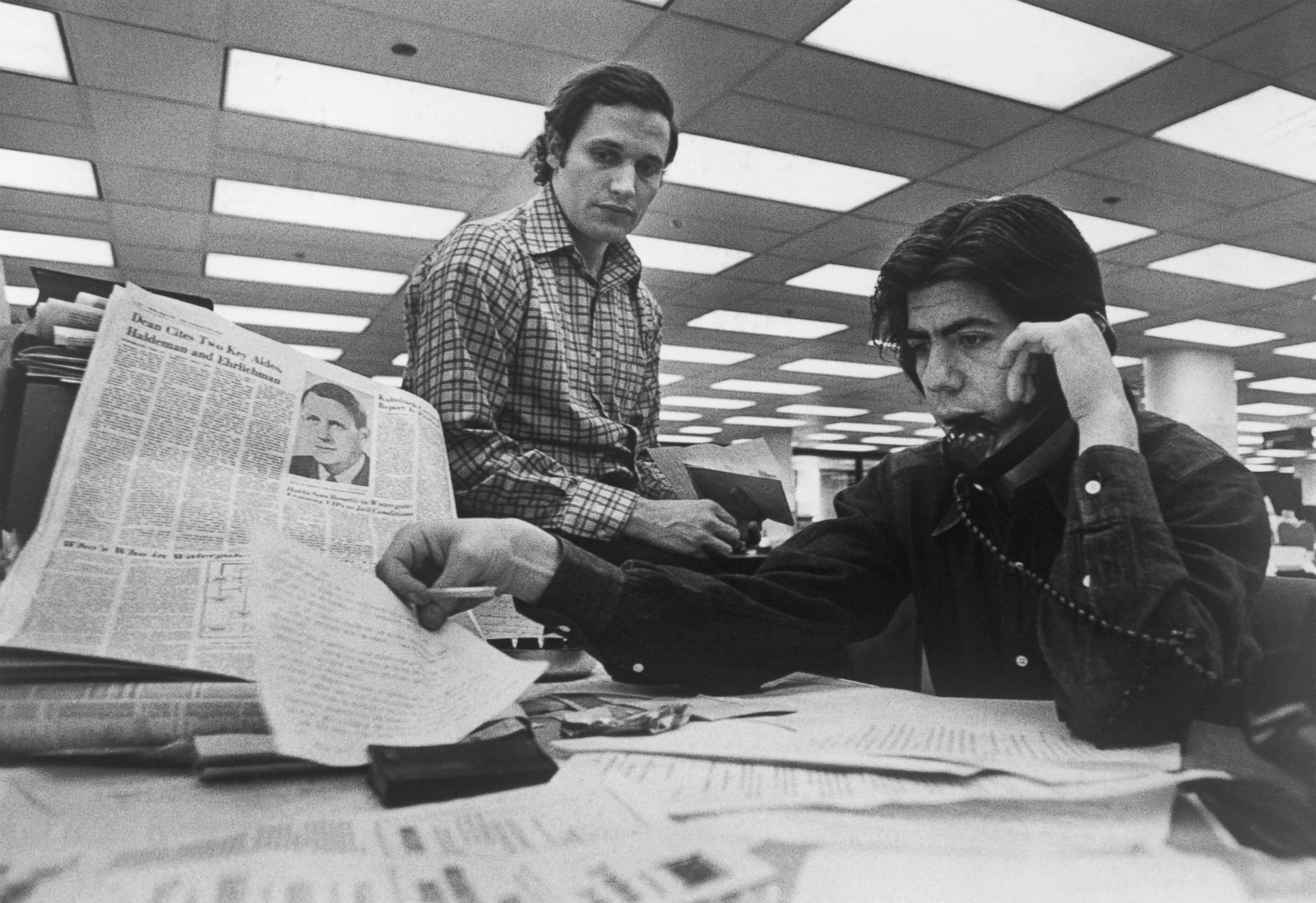

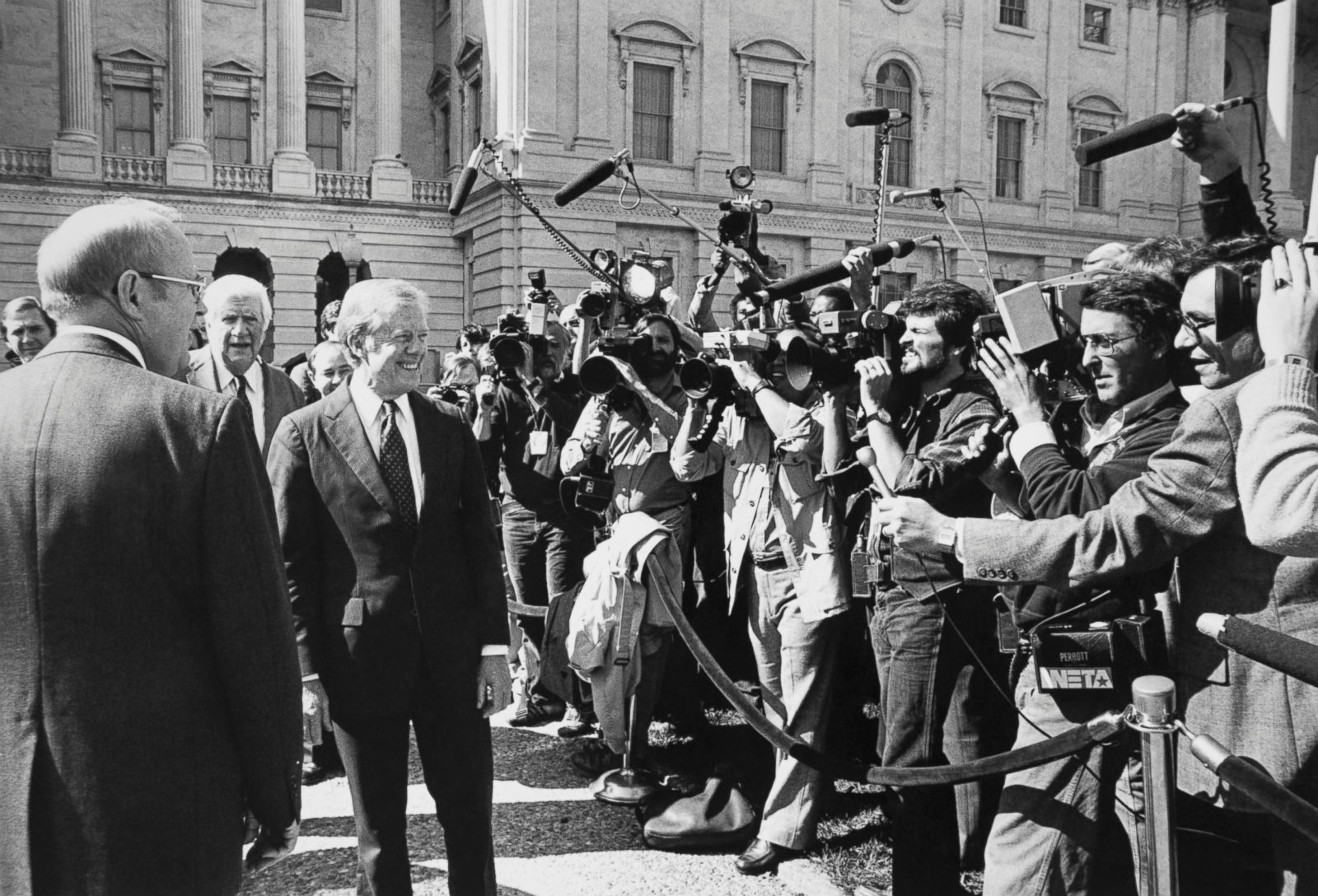
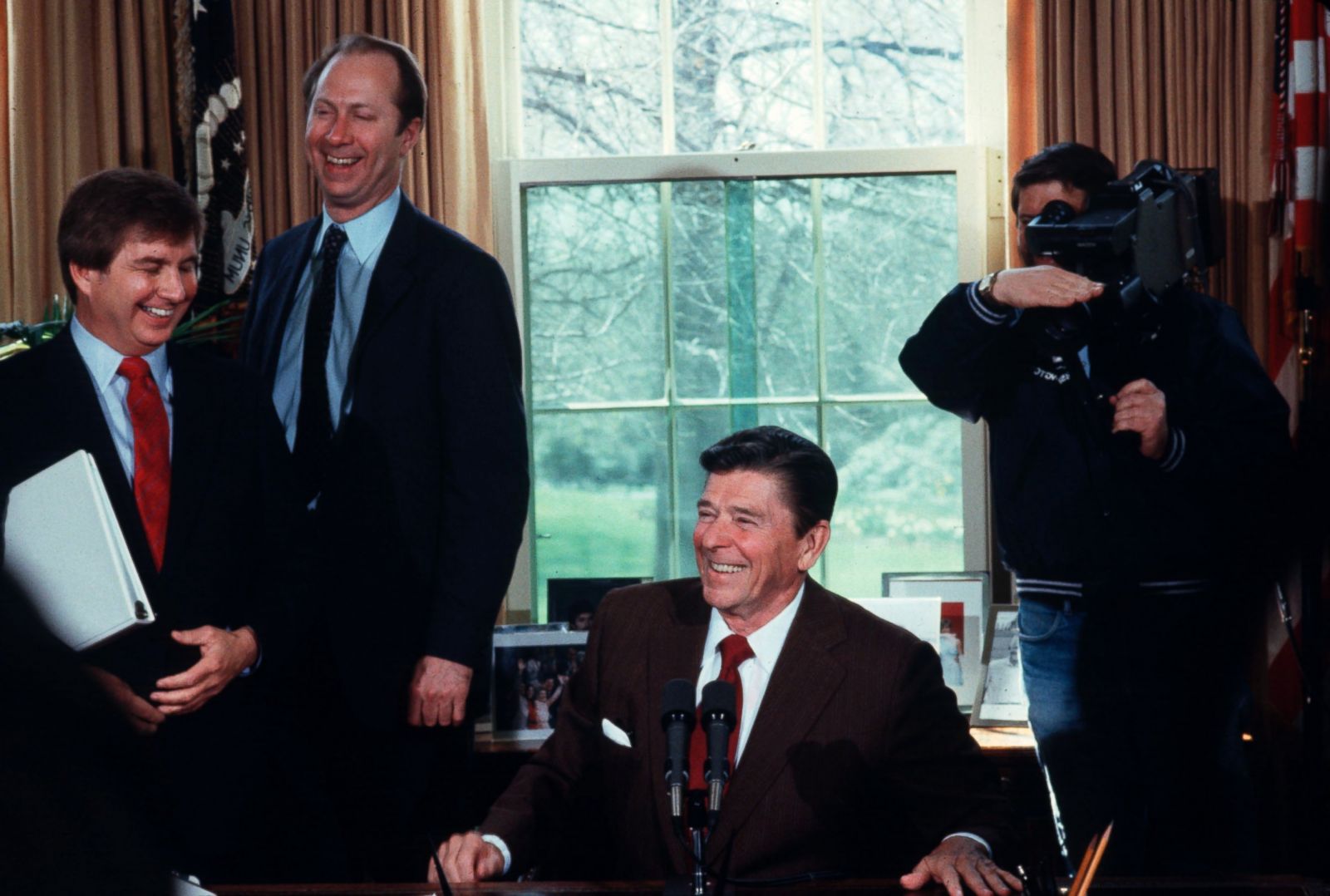
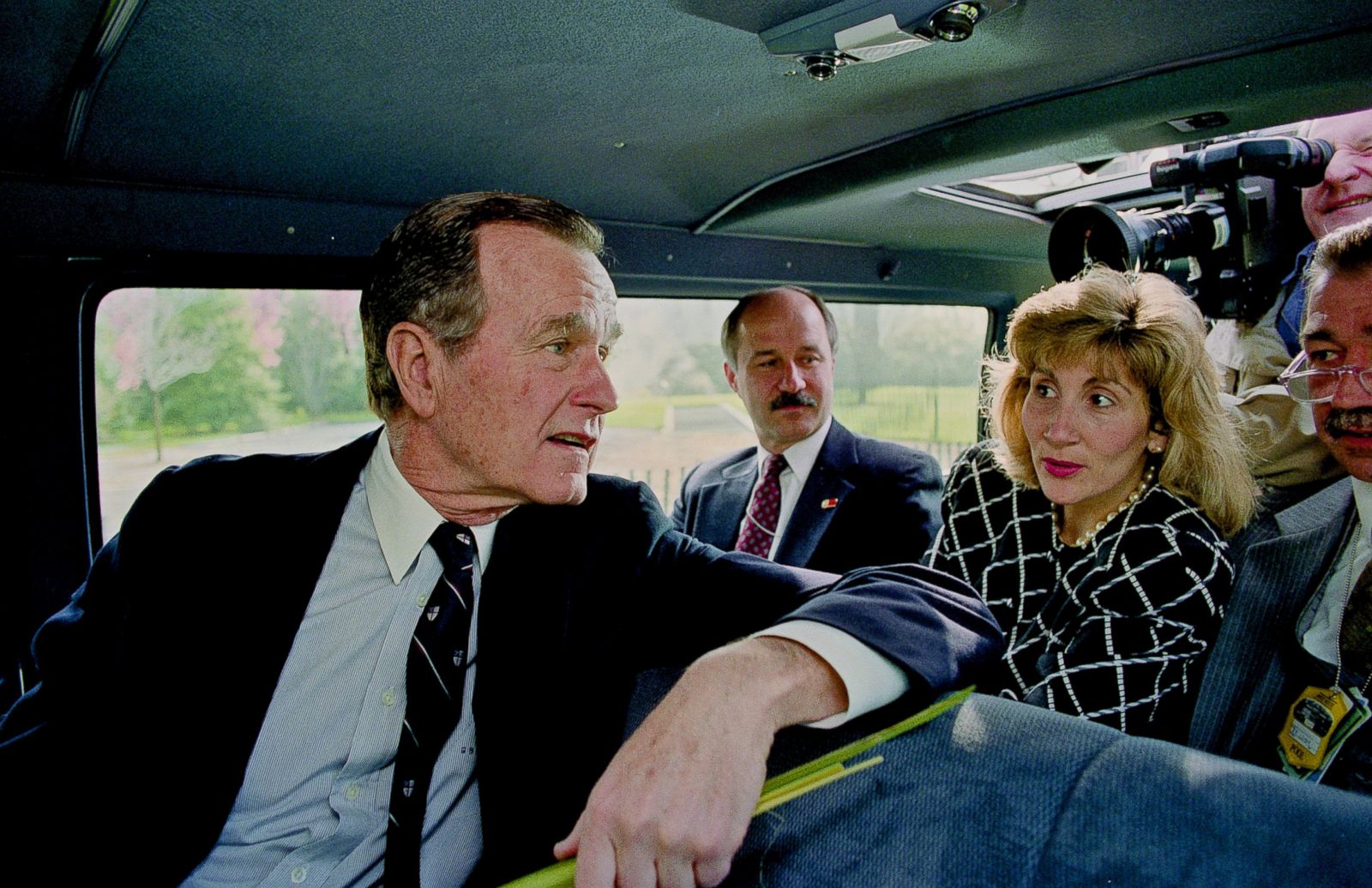
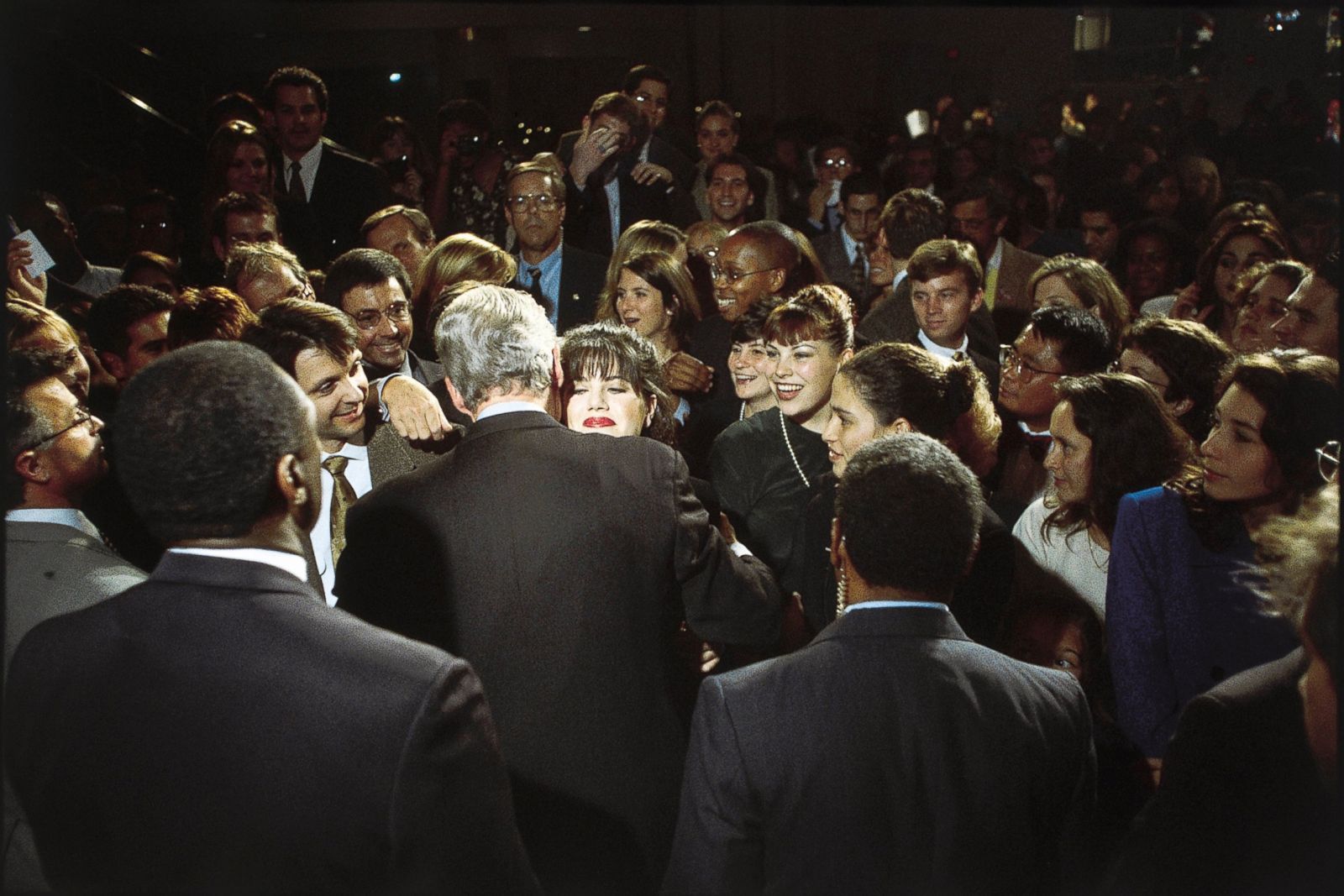
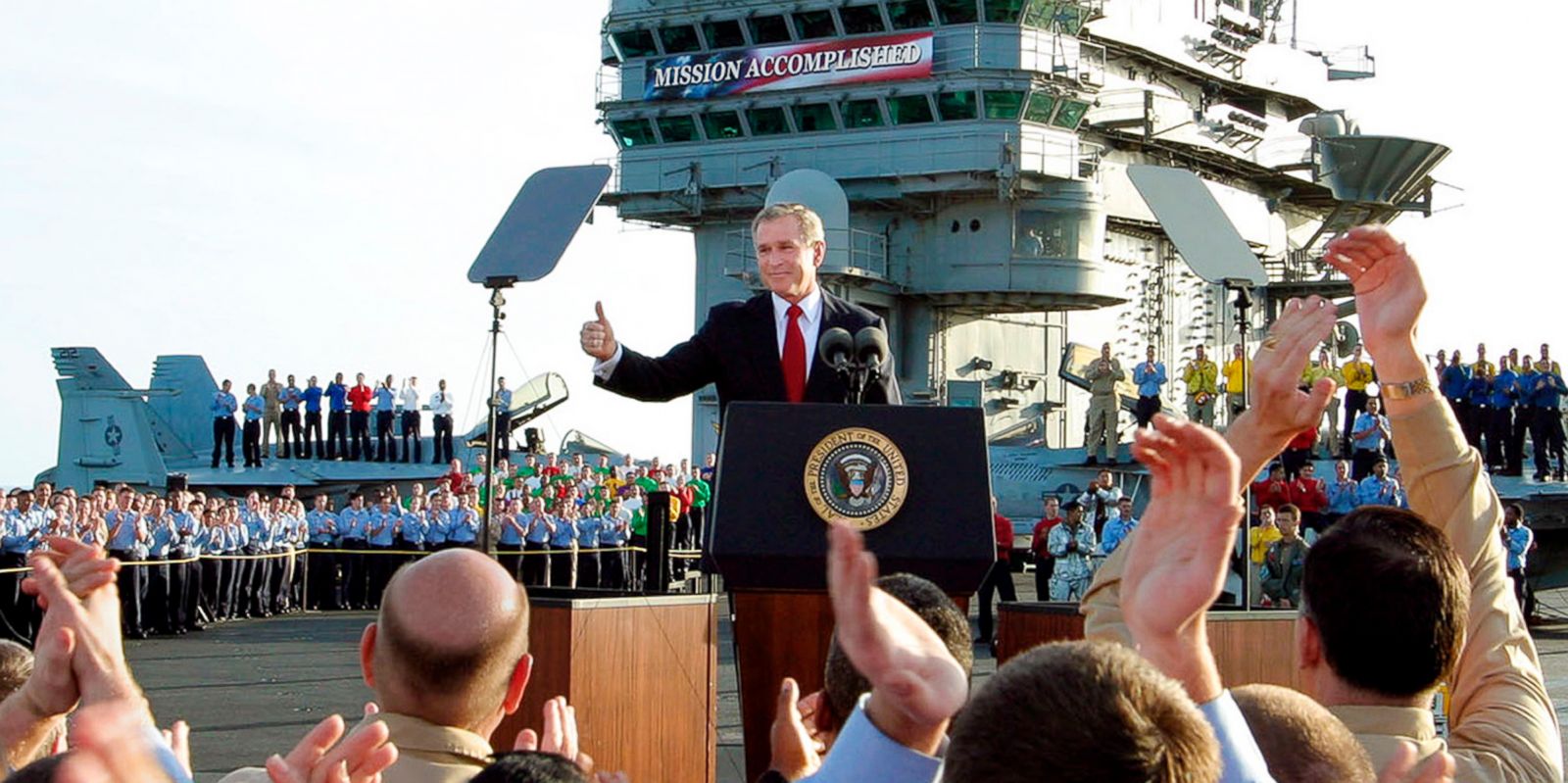
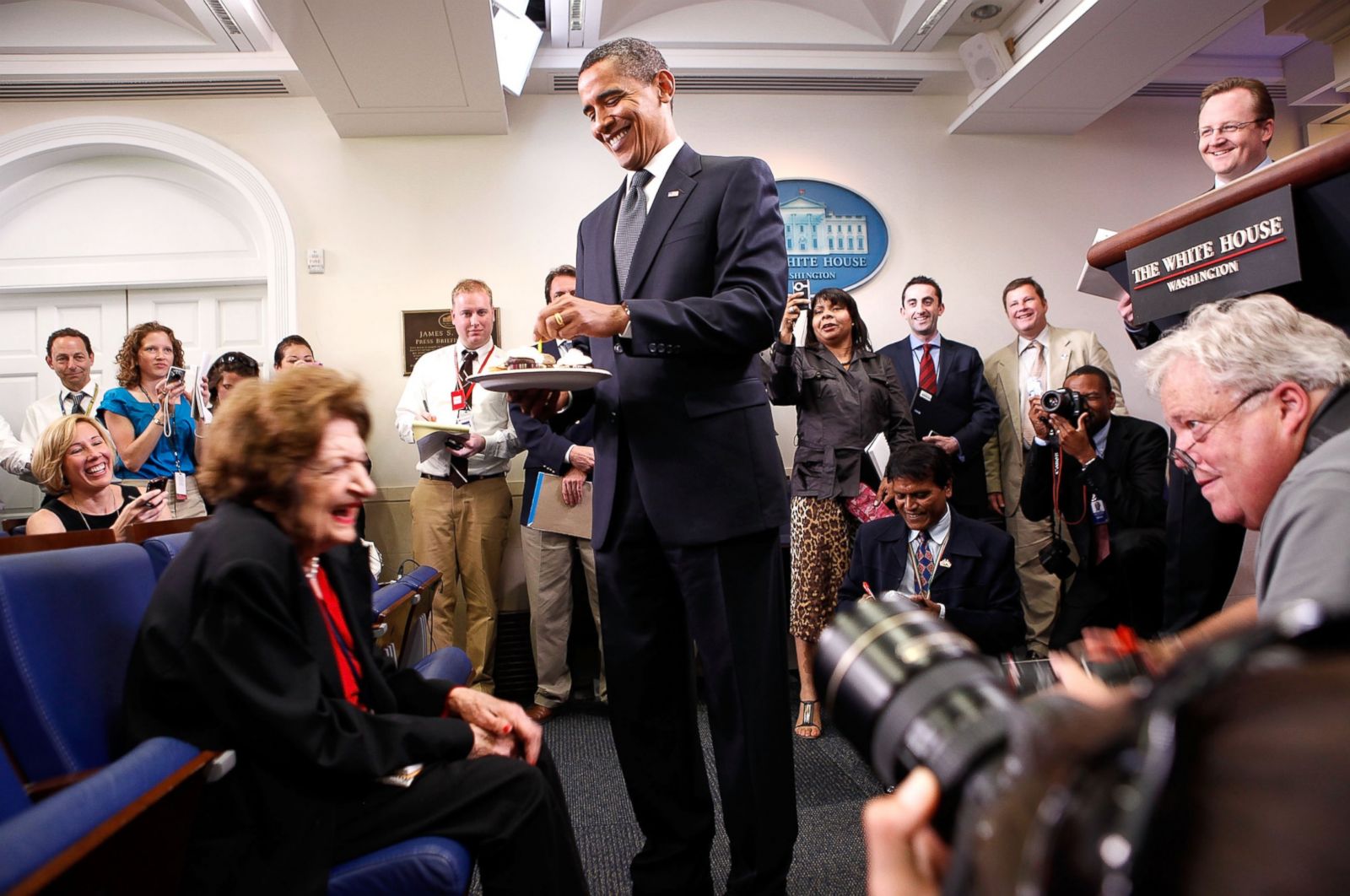
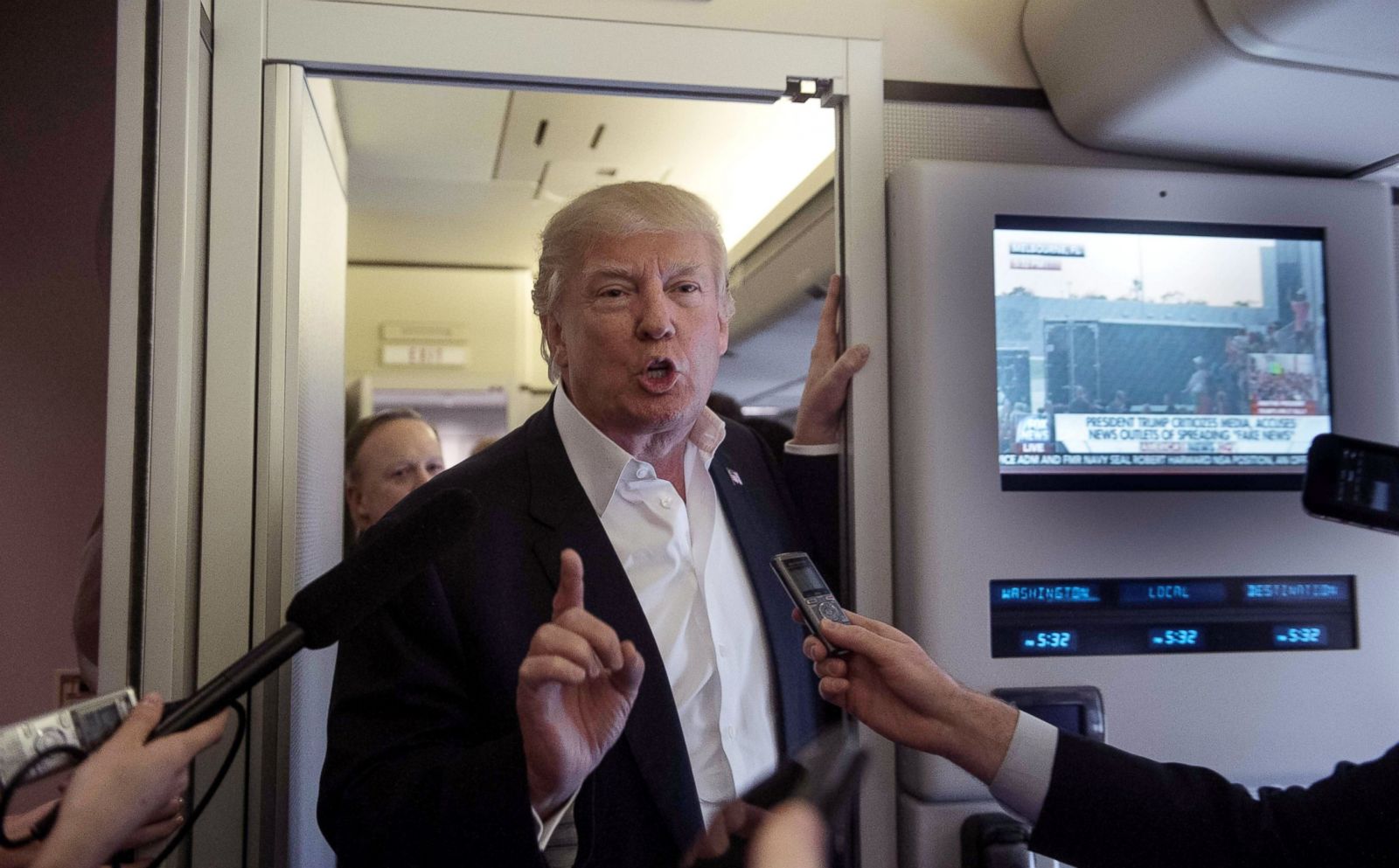
1 of 21
American presidents have often had a roller coaster relationship with the media, by turns adversarial or cozy, depending on the events of the time and the personalities of those in office.
John Adams, the second president of the U.S., signed the Sedition Act of 1798, making it illegal to publish criticism of the government. The act was repealed a short time later when Thomas Jefferson took office in 1800.
John Adams, the second president of the U.S., signed the Sedition Act of 1798, making it illegal to publish criticism of the government. The act was repealed a short time later when Thomas Jefferson took office in 1800.
